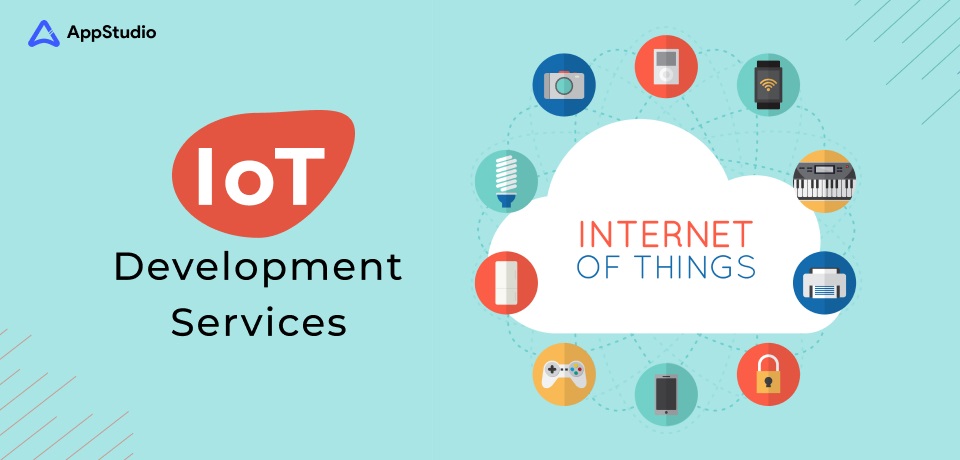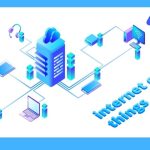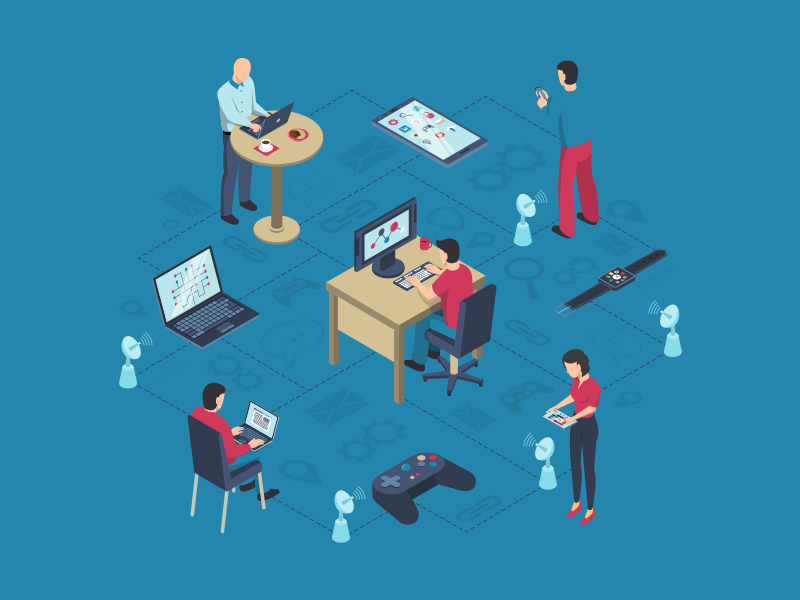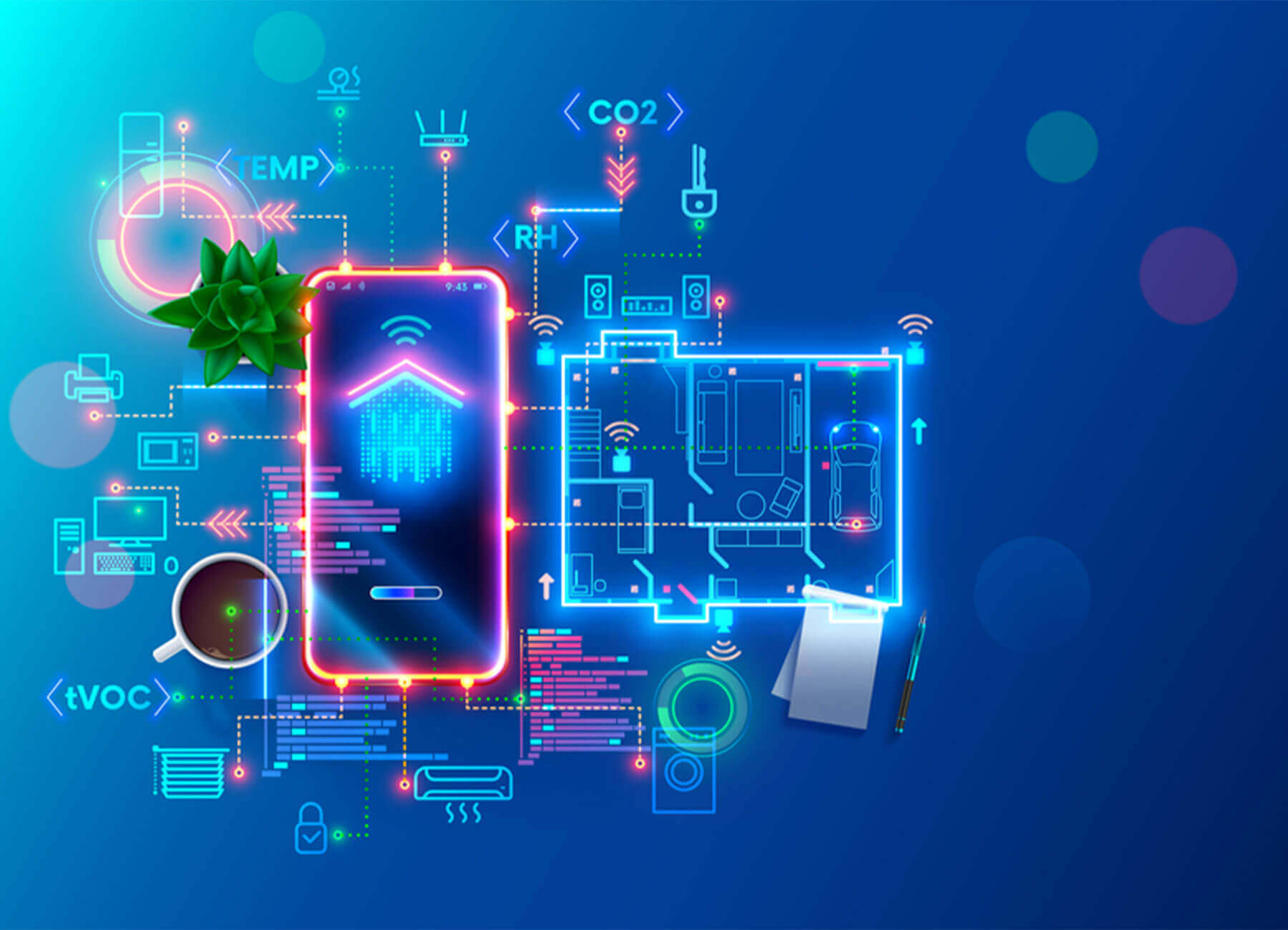The retail sector has a wide range of new opportunities thanks to the stellar technologies IoT and artificial intelligence. Retailers can now track and analyze consumer behavior using IoT technologies to get valuable information about improving marketing and sales efforts. Continue reading to find out more about current IoT retail market developments.
Effect of COVID-19
The pandemic, notably in retail, have significantly impacted global IoT spending. Retailers have postponed several innovative projects. Throughout the economic slump, their key priority has been to keep company operations running smoothly.
However, it is anticipated that IoT utilization of the IoT application development in retail will increase significantly by late 2022. To reduce human interaction and coronavirus transmission, businesses currently utilize mobile banking services, autonomous cleaning robots, and contactless checkout kiosks.
After the pandemic, automation, cloud computing, and artificial intelligence (AI) are expected to continue to fuel retail industry development for years to come.
Retail Market Trends for IoT
With the help of IoT, businesses can gather data and offer insights while protecting customer data. The following retail market trends have been noticed in the IoT sector:
a) Software components are anticipated to hold a sizable portion of the market: The massive growth in online shopping is primarily attributable to higher transaction values and rising order volume. The internet of thing technology can reduce inventory mistakes, enhance logistical processes, and reduce labor costs.
b) North America will hold the most significant portion: The U.S. Census Bureau reports that retail sales in 2017 hit a record high of $5.7 trillion, up 4.5% from the previous year and 42% higher than the previous high of $4.06 trillion in 2009. The enormous change in U.S. retail results from two fundamental changes: sophisticated technology and changing consumer behavior.
IoT Advantages for the Retail Sector
The IoT data in the arcade of web development services are already being fully utilized by retailers in their daily operations. Let’s look at the main advantages of implementing IoT apps in retail:
a) Better supply chain management: Since each item is recognized and examined, RFID and GPS technologies can significantly improve the logistics management process.
b) More sophisticated in-store inventory tracking: Internet of things assists in gathering data required for controlling, optimizing, and displaying product inventories.
c) Better machine learning: IoT algorithms analyze customer data in real-time, providing insightful data that will enhance customer involvement and engagement.
d) Lessened shrinkage and fraud: Businesses may track goods and delivery operations using biometrics driven by the IoT, which lowers theft.
e) In-store staff optimization: Customers frequently ask for advice or assistance when shopping, which is common in businesses. To make their purchase decisions simpler, business owners utilize motion sensors, facial recognition sensors, and cameras powered by neural network models.
Read Also: – Benefits of Using IoT Technology in the Automotive Sector
IoT in the Retail Sector: The Top 5 Use Cases
After reviewing the key advantages and developments of IoT in retail, it’s time to move on to the most well-known applications of the technology.
What Role does IoT Play in Retail?
The following crucial IoT technologies are being implemented in the retail sector to help save costs and streamline corporate operations; this will ultimately decide the future of IoT in retail.
The introduction of IoT in retailing has made shopping a first-hand experience based on customers’ preferences by applying artificial intelligence and machine learning in establishments.
a) Personalized retail marketing and content delivery: Artificial intelligence and machine learning in retail establishments have turned shopping into a personalized experience based on customers’ preferences with the introduction of IoT.
b) Ideal staffing-level indicators: The Internet of Things makes staffing simple since advanced models can predict customer retention, supply, and demand ratios. This helps with overall staffing.
c) Cashierless payment methods: Thanks to the Internet of Things, cashier-less checkouts are now a reality, saving customers and businesses money and time by reducing human involvement.
d) Real-time inventory monitoring: Inventory can be tracked utilizing automated techniques to ascertain whether things are in excess or shortage.
e) Tracking consumer behavior: With the Internet of Things and artificial intelligence, it is now easy to track consumer behavior since these technologies can identify critical behavioral traits like gestures and the amount of time spent buying.
Organizations Utilizing IoT
For the following businesses, the Internet of Things is transforming the retail industry:
a) Locus Robotics: Locus Robotics engaged an app development company to help them develop self-driving robotic systems that enhance logistics operations by decreasing labor costs and enhancing the speed and accuracy of product delivery while minimizing disruption to ongoing operations.
b) AWM Smart Shelf: The AWM Smart Shelf has edge panels that display product pricing, information, and stock levels. It may also determine a customer’s age, gender, and nationality to provide better-targeted display content.
c) Plexure: Plexure’s simple interface delivers an out-of-the-box AI-powered platform that allows retailers to send personalized messages, handle orders and payments, loyalty programs, and analytics at a low total cost of ownership.
d) Zebra Technologies: The sound tracking system from Zebra employs IoT to provide real-time visibility of goods and workers in warehouses and during transportation. One of the services offered is in-store operations, customer satisfaction and experience.
e) Cognizant: Cognizant’s technology helps non-digital items become digital. It works together with supermarkets, department stores, discount stores, and consumer products companies in the retail sector to enhance customer service, boost earnings, and optimize merchandising.
The Retail Industry’s IoT Future
In 2019, the IoT market hit a value of $465 billion, and by 2030, it is expected to be worth $1.5 trillion.
66% of IoT investment will go into infrastructure, programming, the cloud, and apps, including connectivity. The remaining 36% of IoT investment will go toward hardware, such as specialized IoT devices, components, and adapters.
A McKinsey and Gartner.com IOT estimate claims that enterprises are utilizing IoT technologies from 13% in 2014 to over 25% now. Globally, experts and researchers are expecting around 43 billion IoT-connected to exist by 2023, more than doubling from 2018.
Words For Conclusion
Among the many ways that IoT helps retailers is by providing them with essential data, real-time reporting, and ongoing monitoring. They might be able to grow their revenue and improve the customer experience.
The AppStudio team is here to assist you if you wish to take advantage of IoT and have a project in mind for IoT software development.







